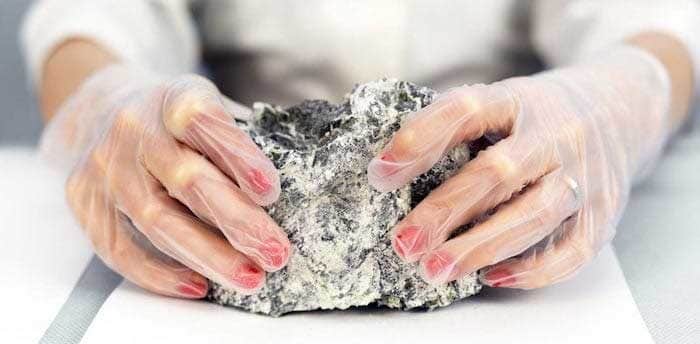There are many health risks in older homes that everyone should be aware of. Whether it’s exposure to lead paint, mold, pests, or water leakage, it’s important to fix or have someone fix these issues promptly. However, one health risk many homeowners face is asbestos. Only professional asbestos removal companies should handle it, and this guide on what homeowners should know about asbestos explains why.
What Is Asbestos?
Asbestos was a popular building material used in homes prior to the 1980s. It’s is a natural mineral composed of thin, heat-resistant fibers. Its composition and high heat-resistance make it great for insulation in walls, cement, floor tiles, and pipes. Contractors and homeowners at the time either didn’t consider or didn’t know about the risks that constant asbestos exposure presented.
How It Affects Your Health
The two main health risks that come from asbestos exposure are asbestosis and mesothelioma. Both are respiratory diseases affecting the lungs and airways. Asbestosis scars the lungs and restricts breathing as it interferes with your body’s ability to inhale oxygen. Some common asbestosis symptoms include shortness of breath, tightness in the chest, dry cough, enlarged fingertips, and loss of appetite. Patients may not see symptoms until twenty years after exposure. Another more fatal disease is mesothelioma. Mesothelioma is a type of lung cancer that develops when the body inhales asbestos fibers that then form along with the lungs, abdomen, or heart. Symptoms are similar to asbestosis, but the prognosis for most mesothelioma patients is only twelve months after diagnosis.
Common Asbestos Exposure Sites
There are many places in the home where you might find asbestos—typically, in insulated areas like cement, roof shingles, steam pipes, textured paint, and spray-on insulation. You may also find it in attics, drywall, popcorn ceilings, and older vinyl flooring. Many homeowners unknowingly expose themselves to asbestos after performing DIY projects on older homes. Attic renovations, drilling through drywall, brake dust in the garage, removing ceiling and flooring, or replacing pipe insulation can often result in asbestos exposure.
How To Remove It
Simply put, one last thing homeowners should know about asbestos is to never remove it yourself. Aside from the potential damage to your house, you may unintentionally expose yourself to asbestos. This can be especially risky if you’re not using the proper personal protective equipment (PPE) or ventilation. Therefore, it’s best to call a professional asbestos removal company in your area. They have the knowledge and skills to safely remove all asbestos materials from your home so that it’s suitable to live in.














